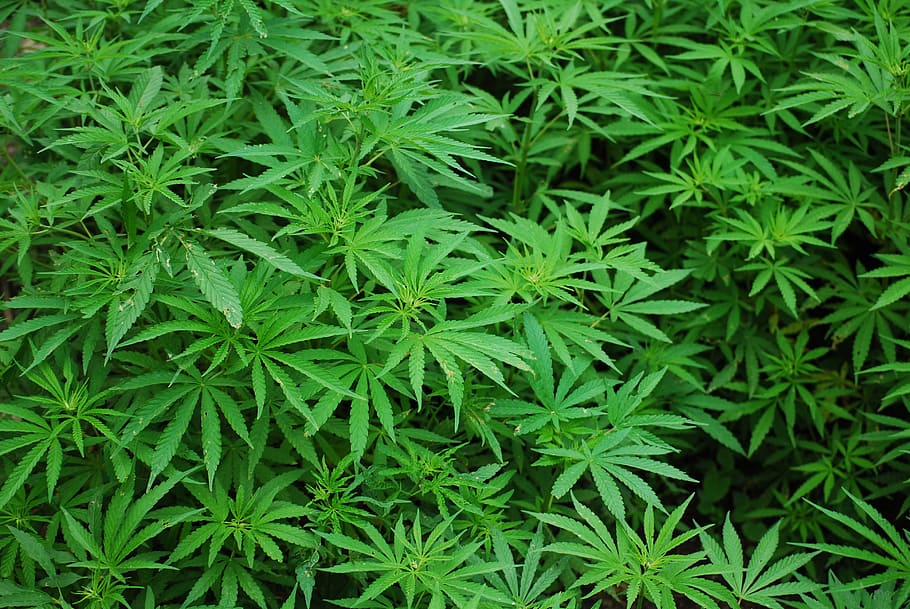How Much Does it Cost to Grow Weed?
With additional states legalizing weed each year, the marijuana growth business is on the rise and continually reaching greater levels of production. Exactly how much does it cost to set up a commercial grow room?
While there are a lot of factors to consider when establishing a cannabis grow operation — location, marketing, sales strategy, legal considerations, hiring decisions and others — setup and operating costs are top of mind.
The Cost of Growing Weed
The average startup costs for wholesale weed cultivation businesses amount to $42 per square foot, according to Marijuana Business Daily. However, startup costs can vary widely based on the market each wholesaler serves and the cultivation method used to grow weed.
For example, the startup cost per square foot of a greenhouse is $50, while an indoor grow room costs $75 per square foot to set up. Outdoor cultivation is the least costly at $10 per square foot.
It makes sense that indoor grow rooms are the most expensive option, as factors like light, temperature, humidity control and irrigation all need to be artificially controlled. While this requires more expensive equipment, it offers the benefit of more consistently high-quality yields compared to outdoor weed operations.
Important Startup Costs to Consider
Below are several commercial grow room setup costs you should plan for.
Rent: The location, size and type of facility you select will have a large impact on monthly operating costs but also your potential to earn revenue. A larger facility, like a warehouse, will cost more in rent but will offer greater flexibility and growth opportunities.
Environmental Controls: The climate of your grow room will have a major impact on the health and profitability of your weed. You will need an HVAC system that combats the heat from your lighting system, maintains humidity levels and provides the perfect temperature for your plants.
Lighting: The two most common lighting options for indoor grow rooms are high-intensity discharge (HID) and LED lights. HID lights are less costly but generate a lot of heat that can drive up climate control costs. LEDs cost more to buy, but you will save money on electricity in the long run.
Irrigation: Some commercial grow rooms opt for hand-watering, but this approach becomes less practical the larger an operation grows. A good irrigation system will deliver the ideal amount of water to every plant while freeing up staff to perform other tasks.
Pest Control: Cannabis Business Times reports that investing in pest management can prevent financial losses in the long run. To determine the best pest control strategy, you must understand the specific pest issues that affect your region.
Shelving: Whether you opt for tables or a vertical grow system, your plants need a designated place to grow. Modular, mobile shelving is an ideal solution for increasing your shelving capacity in the same existing square footage.
Labor: Hiring trustworthy, reliable employees is a crucial part of running a successful grow room. Plan ahead for any onboarding costs as well as monthly salaries.
Consumables: These expenses include the cannabis seeds or plants themselves, as well as soil and fertilizer.
Other Supplies & Equipment: Grow pots, carbon filters, pH test kits, trimming equipment, stakes, zip ties, cleaning supplies, personal safety protection gear, drying racks and storage receptacles are all examples of additional supplies and tools you may need to purchase upfront. You also may consider purchasing and installing a security system.
How Design Affects Cost
When planning your commercial grow room design and layout, it is important to prioritize efficiency, which in turn affects profits. By utilizing all available space in a way that makes sense for your workflow, the more efficient your operation will be.
In order to configure your grow room for optimal yield, do your research on the best layout required to meet your needs and help your weed thrive. For example, dividing your facility into separate, sealed rooms is a strategy often used in the cannabis industry. This allows the ability to control temperature, pests and workflows for each crop. If a problem arises — insects or mold, for example — you won’t risk losing your entire crop all at once.
You also may want to consider room for growth. If you start too small and achieve success but don’t have adequate space for storage or additional crops, it can hurt you in the long run. When it comes to indoor agriculture, every square inch counts. Consider using vertical farming methods to maximize your existing space and get the most out of your facility.
There are many commercial grow room setup costs to consider. Need help optimizing your new or existing cannabis grow room? Contact Systems & Space today for more information and a free quote.
Related Posts
- Maximize Space With Industrial Mobile Shelving ( April 17, 2024 )
- How to Make the Most of Compact Library Shelving ( April 17, 2024 )
- Hotel Housekeeping Storage Room Tips for a Seamless Operation ( March 14, 2024 )
- Unlocking Convenience: The Key Advantages of Personal Storage Lockers ( March 14, 2024 )
- Knowing Your Options for Hospital Storage Solutions ( March 6, 2024 )
- Military Gun Lockers: What Works Best ( March 6, 2024 )
- Practical Solutions for Medical Supplies Storage ( March 6, 2024 )
- How to Leverage Cannabis Vertical Grow Racks ( January 22, 2024 )
- 5 Ways to Organize Your Medical Office ( January 17, 2024 )
- 5 Healthcare Storage Solutions ( December 14, 2023 )



Leave a reply